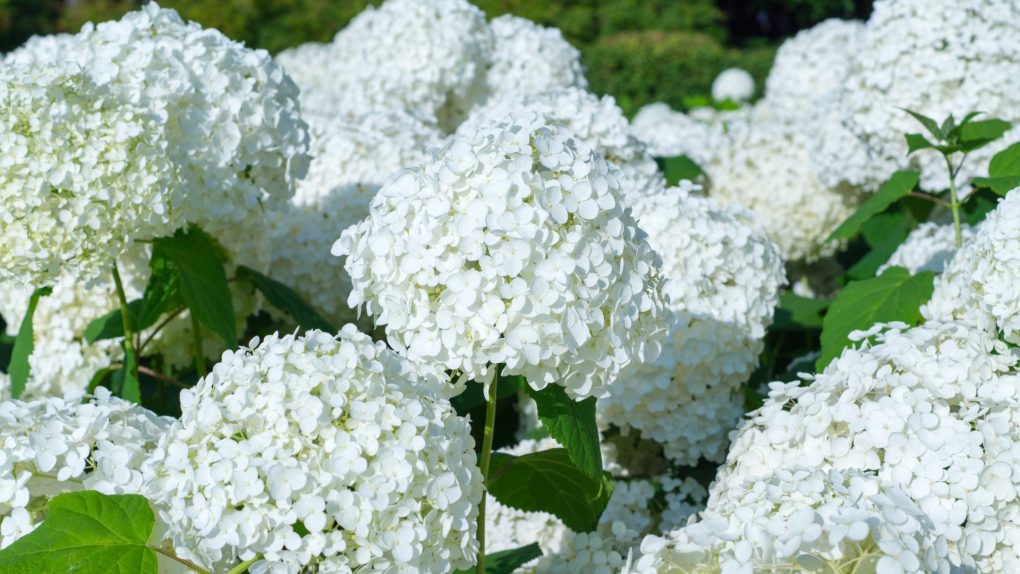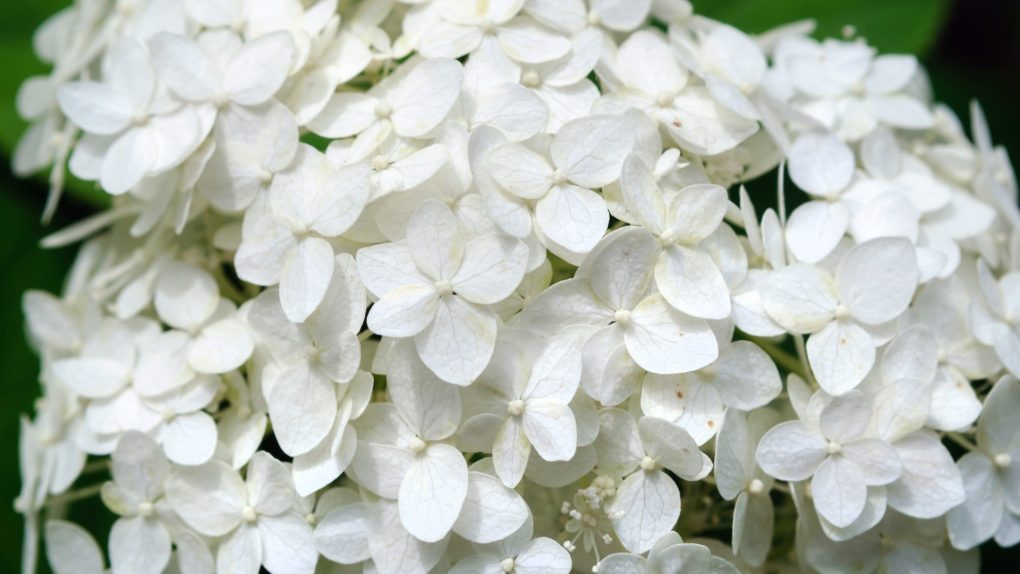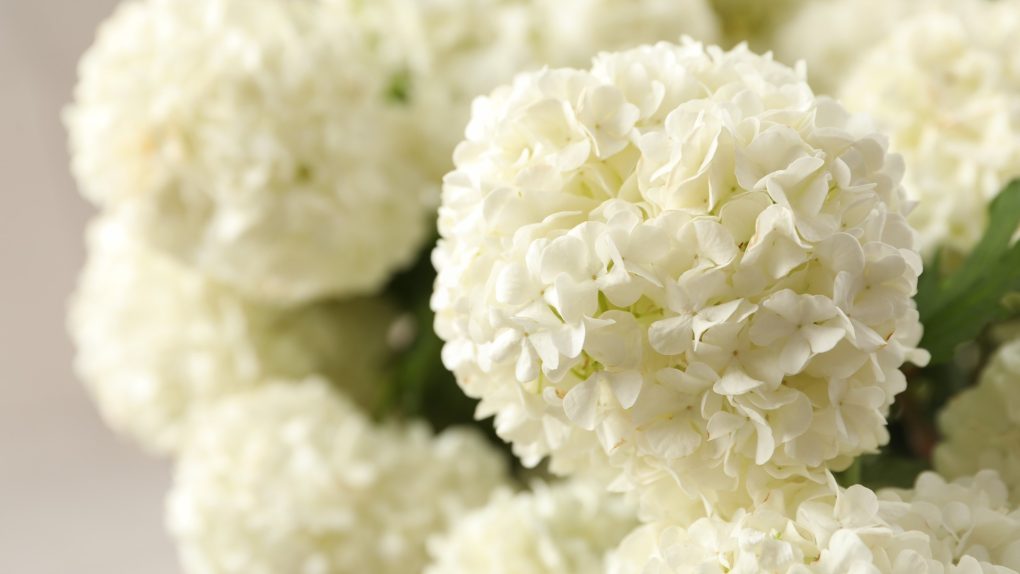Can White Hydrangea Change Color? Here’s What You Need to Know
White hydrangeas cannot change color. Unlike their pink and blue counterparts, white hydrangeas are not affected by soil pH levels. The color of white hydrangeas is genetically determined, meaning they will remain white no matter what type of soil they are planted in or what treatments they receive.

Table of Contents
Understanding Hydrangea Colors
Factors that Affect Hydrangea Color
Hydrangea colors can range from white to pink, blue, and even purple. The pH level of the soil determines the color of the hydrangea. Acidic soil produces blue flowers, while alkaline soil produces pink flowers. The soil’s pH level affects the availability of aluminum ions, which is essential for the production of blue flowers. In addition to soil pH, the amount of sunlight and temperature can also affect the color of hydrangea flowers. Hydrangeas planted in full sun tend to have brighter colors, while those planted in shade have more muted hues. Temperature can also play a role, with cooler temperatures producing more intense colors.
Why Do White Hydrangeas Change Color?
White hydrangeas are unique because they do not change color based on soil pH. However, they can still change color due to environmental factors. For example, if a white hydrangea is planted in full sun, it may develop a pink or purple tint. This is because the sunlight causes the plant to produce more anthocyanin pigments, which can alter the color of the flowers.
Another factor that can cause white hydrangeas to change color is the presence of aluminum in the soil. While aluminum is not necessary for the production of white flowers, it can cause the flowers to develop a blue tint. This is because aluminum ions can bind to the anthocyanin pigments and produce a blue color.
Understanding the factors that affect hydrangea color can help gardeners choose the right variety for their soil and location. In addition, gardeners can enjoy beautiful, vibrant hydrangea blooms year after year by selecting the right cultivar and providing the right growing conditions.
Types of White Hydrangeas
White hydrangeas are a popular garden choice due to their elegant, timeless beauty. There are several types of white hydrangeas, each with unique characteristics and growing requirements. Among the most common types are:
| Type | Characteristics |
| Smooth Hydrangea | Also known as Hydrangea arborescens, this type of hydrangea originates in the eastern part of the country. It produces large, round clusters of white flowers that bloom in early summer. Smooth hydrangeas prefer partial shade and moist, well-drained soil. |
| Panicled Hydrangea | Also known as Hydrangea paniculata, this hydrangea is native to Japan and China. It produces large, cone-shaped clusters of white flowers that bloom in midsummer to early fall. Panicled hydrangeas prefer full sun to partial shade and moist, well-drained soil. |
| Bigleaf Hydrangea | Also known as Hydrangea macrophylla, this type of hydrangea is native to Japan and Korea. It produces large, round clusters of white, pink, blue, or purple flowers that bloom in midsummer. Bigleaf hydrangeas prefer partial shade and moist, well-drained soil. |
| Oakleaf Hydrangea | Also known as Hydrangea quercifolia, this type of hydrangea is native to the southeastern United States. It produces large, cone-shaped clusters of white flowers that bloom in late spring to early summer. Oakleaf hydrangeas prefer partial shade and moist, well-drained soil. |
White hydrangeas can be used in a variety of garden settings, from mixed borders to foundation plantings. They also make lovely cut flowers for indoor arrangements. When selecting a white hydrangea for your garden, consider its mature size, bloom time, and growing requirements to ensure it will thrive in your specific growing conditions.

Changing the Color of White Hydrangeas
White hydrangeas are a popular garden choice due to their elegant and timeless look. However, some gardeners may want to change the color of their white hydrangeas to add variety. Here are some natural and artificial ways to change the color of white hydrangeas.
Natural Ways to Change the Color of White Hydrangeas
Changing the color of white hydrangeas naturally involves manipulating the soil’s pH level. Acidic soil (pH below 7) will result in blue hydrangeas, while alkaline soil (pH above 7) will result in pink hydrangeas. Here are some natural ways to change the pH level of the soil:
● Add coffee grounds or citrus peels to the soil for more acidic soil.
● Add wood ash or lime to the soil for more alkaline soil.
● Use rainwater instead of tap water, as tap water can be alkaline.
It’s important to note that these natural methods may take some time, and the color change may not be as drastic as with artificial methods.
Artificial Ways to Change the Color of White Hydrangeas
Artificial ways to change the color of white hydrangeas involve using products specifically designed for this purpose. These products contain chemicals that change the soil’s pH level, resulting in a color change. Here are some artificial ways to change the color of white hydrangeas:
| Product Name | Color Change | Application Method |
| Hydrangea Color Magic | Blue to pink or pink to blue | Add to soil or spray on leaves |
| Color Me Blue | White to blue | Add to soil or spray on leaves |
| Color Me Pink | White to pink | Add to soil or spray on leaves |
Follow the instructions on the product carefully, as using too much or too little can result in no color change or damage to the plant. Additionally, wearing gloves and protective clothing when using these products is recommended.
Maintaining the Color of White Hydrangeas
White hydrangeas are a beautiful addition to any garden, but maintaining their color can be challenging. Here are some tips on how to keep your white hydrangeas looking their best:
● Plant your hydrangeas in well-draining soil with a pH between 6.0 and 6.2. This will prevent the soil from becoming acidic or alkaline, which can affect the color of the flowers.
● Water your hydrangeas regularly, but be careful not to overwater them. If the soil is overwatered, it can become too acidic, which can turn white flowers pink or blue.
● Apply a slow-release fertilizer to your hydrangeas in the spring and fall. This will help provide the nutrients they need to maintain their color.
● The best time to prune your hydrangeas is late winter or early spring. By doing so, you’ll be able to stimulate new growth on the plants and ensure that they produce plenty of blossoms.
● If you want to change the color of your hydrangeas, add aluminum sulfate to the soil to make the flowers blue or lime to the soil to make them pink. However, remember that white hydrangeas cannot be changed to pink or blue.
By following these simple tips, you can help ensure that your white hydrangeas maintain their color and continue to be a beautiful addition to your garden.
Conclusion
White hydrangeas are a beautiful addition to any garden or landscape. While they cannot change color like other varieties, they are still a wonderful choice for those who appreciate their pure white blooms.

Caring for white hydrangeas properly is important to ensure they stay healthy and vibrant. This includes watering them well, fertilizing the soil, and removing dead or damaged blooms.
If you want to change the color of your hydrangeas, it is important to start with a variety that is already pink or blue. White hydrangeas will always remain white and are not sensitive to changes in soil pH.
